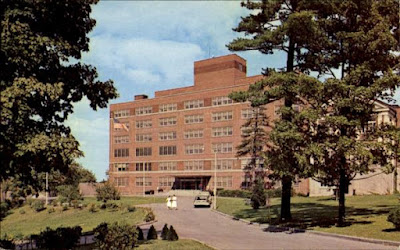The State of Religion & Church Life in America, 2021 (Part 1)
Covid-19 – it changed everything. Or did it? In some ways, yes. In some ways, no.
To see the similarities and differences between pre-Covid and amid-Covid church life, we must first go back to the years before Covid. What were sociologists, researchers, and church-people telling us?
A couple huge surveys measuring religion in America painted a grave picture of church life in the few years before Covid. All in all, things were not looking so good for institutional churches. The Religious Landscape Survey put out by Pew Research Center in 2014 and the American Values Atlas put out by the Public Religion Research Institute (PRRI) in 2016 both agreed that religion in America had shifted in major ways.
The number of Christians in America was steeply declining. The number of religiously unaffiliated Americans was steeply rising.
PRRI indicated that in 2016, 69% of Americans were affiliated with some form of Christianity. In 1976, it was 87%. What made up the difference, mostly those who claimed no religious affiliation.
Pew’s 2014 survey mirrored PRRI’s 2016 survey. Pew indicated 70% claimed affiliation with some form of Christianity, a 8% decrease since just 7 years prior in 2007. Pew showed that nearly 23% were unaffiliated, a rise of nearly 7% since 2007. Again, Christians declining in number. Nones – those who answer “none” when asked for religious affiliation – are rising in number.
Pew in 2019, supplemented their large 2014 survey with fresh data that showed a commensurate decline in the proportion of Christians to unaffiliated with the former decreasing to 65% and the latter increasing to 26%
As for non-Christian religions, i.e., Judaism, Islam, Buddhism, and Hinduism, here is the general status: while these non-Christian religions are all small religious groups, making up to 1.5% of the population or smaller, they are increasing in membership across the board. They are certainly not increasing anywhere near the rate of the Unaffiliated. Nevertheless, unlike Christianity, they are at least growing.
Let’s go a bit more granural, shall we? Yes, let us look a little closer to home.
PRRI’s 2016 survey looked at each state and the Top 3 Religious Groups. Here is what they found in Connecticut:
In Connecticut, one is far more likely to be either Catholic or Unaffiliated. Only 12% were White Mainline Protestant. And of course, Methodists, Epicopals, Lutherans, UCC, etc. share that 12% pie.
As a denomination, UCC does well in Connecticut. Connecticut makes up 4.7% of UCC churches in the country, but we have 6.9% of UCC members, which is the 5th highest state in America when it comes to percentage of UCC members from each state.`
Here’s the thing though – UCC is seeing deep declines in its membership numbers. Yes, this is a trend every mainline denomination has been seeing, but we are not at all immune.
Another thing about mainline Christian churches that is noteworthy. It was newsworthy, actually, a few months ago. PRRI’s latest American Values Atlas was released in July 2021, based on surveys done in the year 2020 amid the Pandemic. The results were surprising and a bit hopeful for mainline Christianity. The number of mainline Christian has ticked up!
Whether this surprising uptick is an anomaly, a Pandemic blip, or a discrepancy, its hard to say. But we will come down on the side of the positive. We need to take the good news where we can get it!
I will end here for now. Next week I will home in on church demographics (age), attendance (worship), and other data focused on the meaning we attach to religion and church. The following week I will delve into the younger generation’s disconnect from religion and church. I’ll three Wednesdays from now with some possible ways to encounter our changed religious landscape.


Comments
Post a Comment